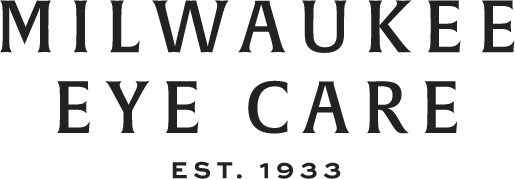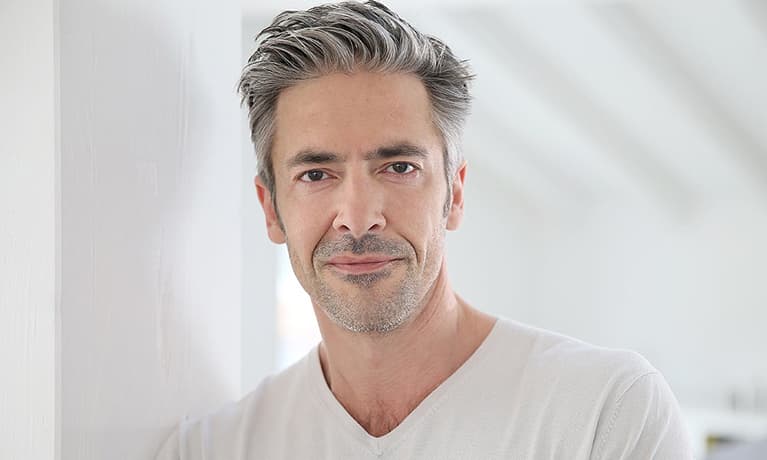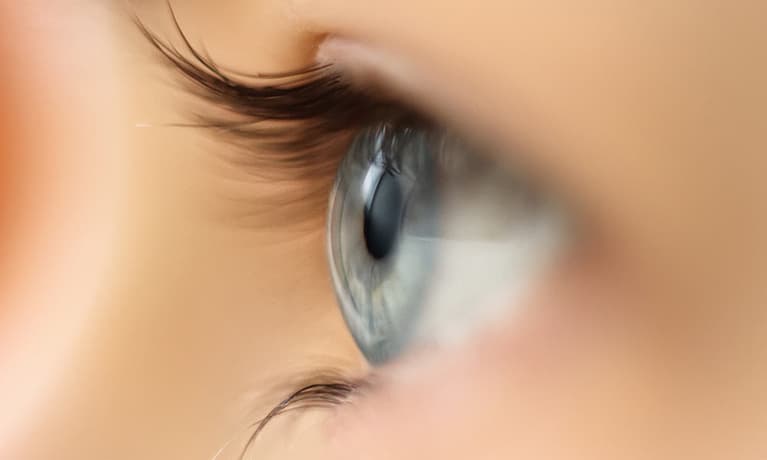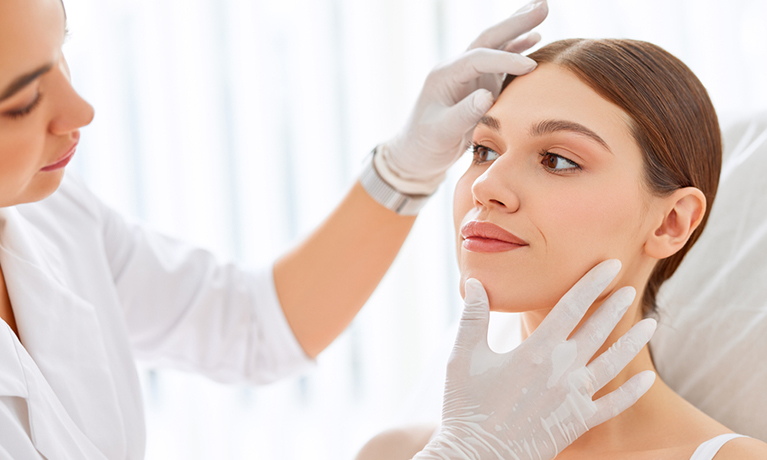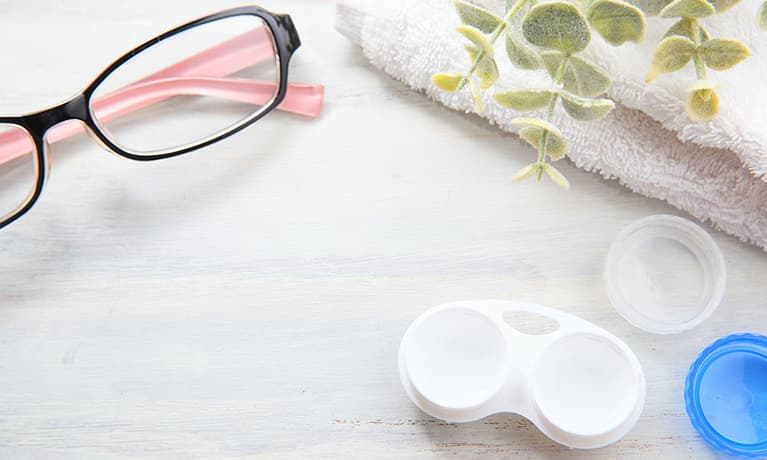What is Blepharitis?
Blepharitis is a term that means “inflamed eyelids”. It’s a very common condition often referred to as “granulated eyelids” because of the crusts that form along the lid where eyelashes grow. There is no cure for Blepharitis, but we can easily control the symptoms it causes.
What Causes Blepharitis?
Inflammation and bacterial growth in the oil glands along the lid margin causes Blepharitis. It’s often seen in people who have seborrheic dermatitis, or who have dandruff in the scalp and eyebrows. Another skin condition often associated with Blepharitis is Rosacea.
What Are The Symptoms of Blepharitis?
Redness, crusting of the eyelids, and foamy tears are common symptoms in people with blepharitis, although some people with the condition may not have any symptoms. Most people with blepharitis experience symptoms that can include itching, red eyes, burning, tearing, a gritty foreign body sensation, light sensitivity, eyelashes that fall out or become misdirected, thickened lid margins, and frequent styes.
How Is Blepharitis Treated?
Your eye doctor may suggest several treatments, often referred to as “lid hygiene”, and medications.
- Hot Compresses:Hold a washcloth that has been wrung out in hot water over the eyes for 5 minutes. Reheat the washcloth as it cools. Milwaukee Eye Care also has Bruder Masks available for purchase at the front desk of all four locations. The compress helps stabilize the tear film, improves oil gland function, and slows tear evaporation. Hydrated and lubricated eyes expel bacteria and debris more efficiently so your eyes will feel refreshed and rejuvenated.
- Lid Scrubs:Use after a hot compress. Wrap the moist washcloth over your fingertip and scrub back and forth along the lid, 10 to 20 times along both the upper and lower eyelid. Some doctors recommend using only hot water, while others find a very diluted solution of baby shampoo (a few drops in a small glass of water) helpful. You may also purchase eyelid soaps, pre-treated lid scrubbing pads, and sprays. Ask your doctor for recommendations.
- Eye Drops:After a hot compress and cleaning the lid margins, we may recommend prescription eye drops. We may advise you to apply the drop to your eyelid margin, rather than dropping it into your eye.
- Ointment:After a hot compress and cleaning the lid margins, we may recommend prescription eye ointment. You apply this by squeezing a ¼ inch strip onto your fingertip, then smearing it into the eyelashes while your eye is closed. Blurred vision may result when ointment gets into the eye, so bedtime is the best time to use ointments.s.
- Oral Antibiotics: We may prescribe for more severe cases of blepharitis.
We may recommend anti-seborrhea shampoo for people with dandruff-related blepharitis. This shampoo may also treat flaky crusty eyebrows.
